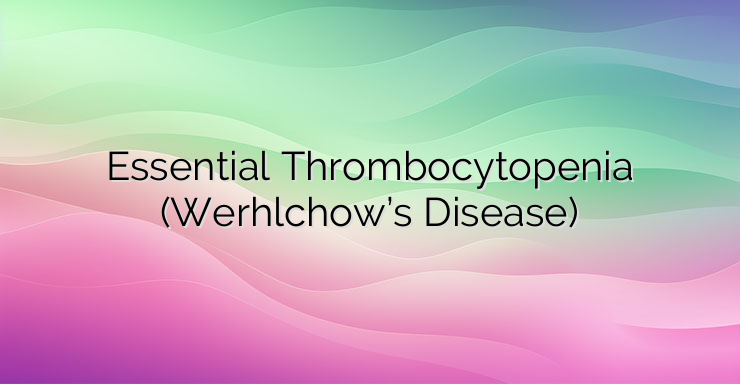Hey there! Let’s talk about essential thrombocytopenia and Wehrlehov’s disease, the most common causes of low platelet count. This condition often affects kids and women who have a genetic predisposition. So, what’s behind it and how does it develop?
Well, thrombocytopenia happens when your body starts making antibodies that attack your own platelets, leading to their rapid destruction in the spleen. These antibodies, usually of the IgG type, mess with the platelets’ lifespan, making it way shorter than normal.
Now, what does this mean for you clinically? The disease can come in two forms: acute and chronic. In kids, it’s often acute and pops up about 1-4 weeks after a viral infection. Those little ones might develop a tendency to bleed more easily, with skin and mucosal hemorrhages, nosebleeds, and blood in the urine. But here’s the good news: these bleeds tend to clear up on their own within a month.
On the other hand, the chronic form mostly affects women. It often shows up after significant events like their first period, tooth extraction, or surgery, causing heavy bleeding. Women with this form might experience spontaneous subcutaneous hemorrhages, nosebleeds, or heavy periods.
Now, when you hit the lab for tests, what are they looking for? Well, expect to see low platelet counts, longer bleeding times, and a ton of those IgG antibodies. Bone marrow tests might also show an increase in megakaryocytes.
But let’s get to the good stuff: treatment. Corticosteroids like prednisolone, immunosuppressants like imuran, or even removing the spleen (yep, that’s an option) are on the table. And hey, if you need a quick fix for bleeding, there are medications like dicinon. Blood transfusions? Only if you’ve lost a lot of blood.
So, while dealing with essential thrombocytopenia might seem daunting, there are definitely options out there to help you manage it.


Leave a Reply